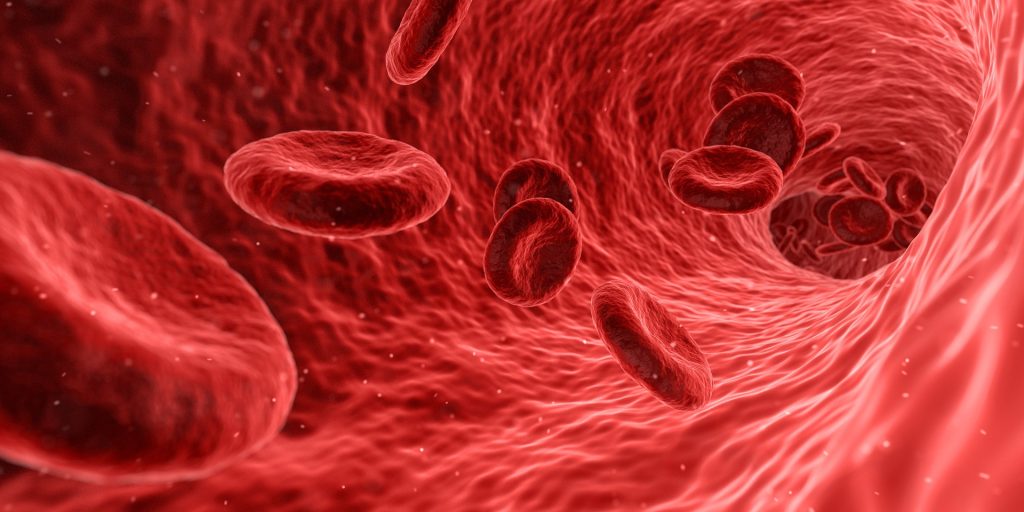UTI Bacteria Traced to Meat Production

A Portuguese study has found that bacteria in urinary tract infections (UTI) can be traced back to meat through the production chain where it was prepared.
UTIs are caused by both Gram-negative and Gram-positive bacteria, as well as by certain fungi. Staphylococcus saprophyticus is a major cause of UTI in young women, reaching 20% prevalence. Understanding the epidemiology of this microorganism can help identify its origin, distribution, causes, and risk factors. Researchers from ITQB NOVA led by Maria Miragaia showed that Staphylococcus saprophyticus can originate in food, specifically in the meat-production chain. Their findings were published in the journal Emerging Infectious Diseases.
Pork is the most popular meat type in Europe. S. saprophyticus can be a contaminant of that meat, and it is also found in the environment, the gut and rectal flora of pigs, and in the human gastrointestinal tract, vagina, and perineum.
The researchers used a combination of phenotypic, genomic, and pan-genome wide association approaches, which enabled them to identify two different lineages (G and S) of S. saprophyticus. Lineage G is of food origin and transmitted to humans by contact with food products, and lineage S is of human origin. Both cause disease and may be transmitted directly or indirectly between persons within the community, with an extensive geographic distribution possible.
To find out if these bacteria causing UTIs could be related to the ones found in pork, the research group looked at S. saprophyticus from a slaughterhouse and compared them to those causing human UTIs. The team analysed bacteria collected from UTIs worldwide over two decades, and from UTIs and pork meat production chain in Portugal.
The results showed that bacteria found in the slaughterhouse (equipment, meat, colonisation of workers) were similar to human UTI bacteria and had the same antibiotic resistance profile.
Although S. saprophyticus colonisation rate in pigs was extremely low (1%), 35% of slaughterhouse samples were contaminated. The presence of an antiseptic resistance gene (qacA) by all the lineage G bacteria could be part of the explanation for the ineffective cleaning procedures that were used.
“S. saprophyticus strains of animal origin (lineage G) enters the slaughterhouse through food animals, persist on the equipment, disseminate and contaminate the meat processing chain and humans. Human colonisation is a crucial step for the later occurrence of UTI,” explained first author Opeyemi Lawal.
The researchers also studied genomic data of bacteria collected from patients attending three hospitals in the Lisbon area, and found that the transmission of these pathogenic bacteria from both lineages (G and S) occurs between persons within the community. Making use of this deep-structured analysis, researchers were also able to identify putative new virulence factors for this unexplored bacterium. The team will continue to search for reservoirs of this bacterium in humans and animals, and to study the mechanisms of S. saprophyticus dissemination and disease to inform strategies against this pathogen.
“This a clear example of how food manipulation can impact in human health, and how important it is to educate consumers regarding good individual hygiene practices to avoid spreading of infectious diseases“, said Maria Miragaia, head of the Bacterial Evolution and Molecular Epidemiology Lab.
“This adds to the list of bacteria that are transmitted to humans through contact with animals and animal-derived food. But the exact mechanisms associated to the conversion from a coloniser to an infectious agent remains to be clarified”, added Henrik Westh from the Copenhagen University Hospital – Amager and Hvidovre, University of Copenhagen (Denmark).
Source: ITQB NOVA






